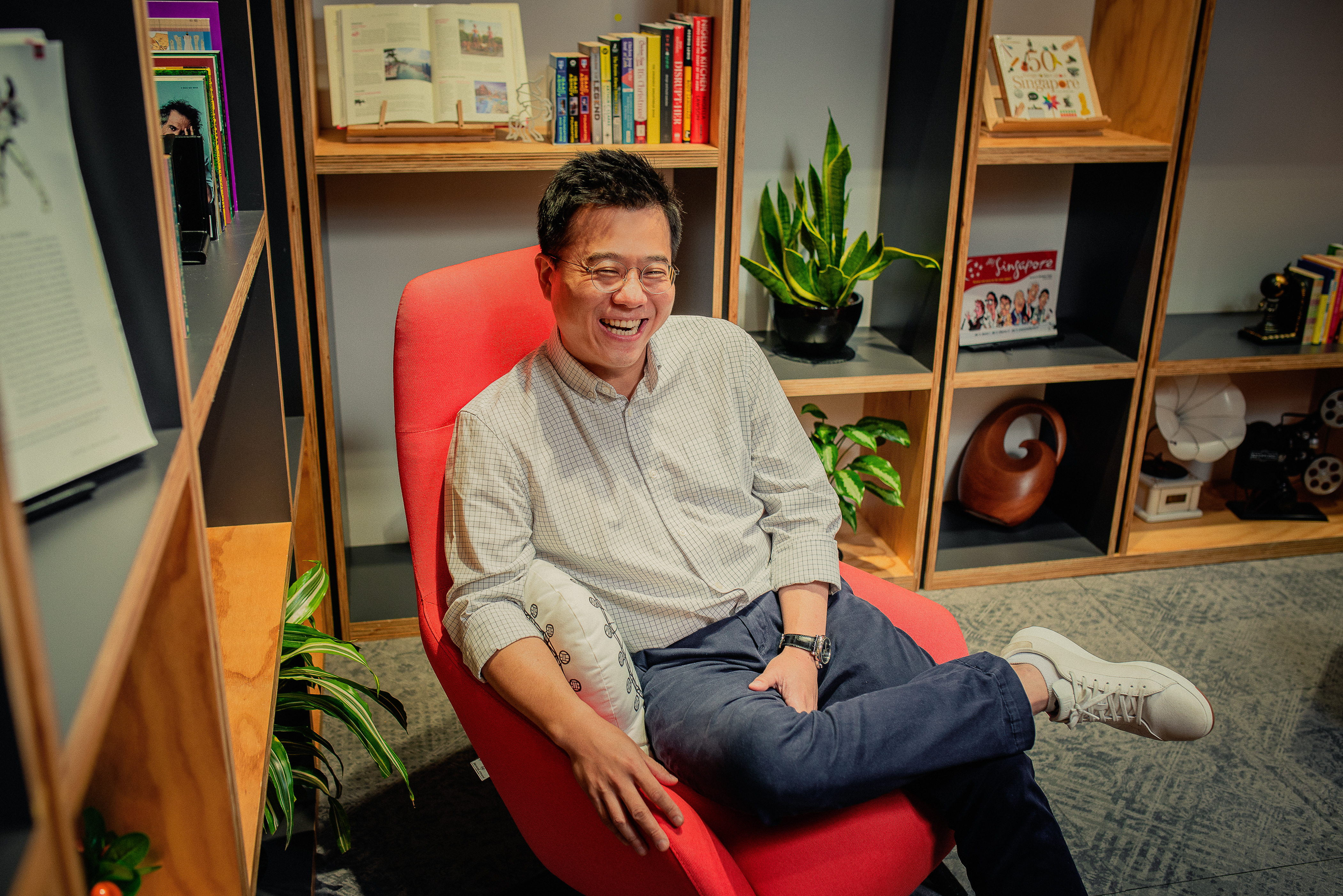FACEBOOK: Connecting its staff and the world

Facebook talks exclusively to HRM Asia about the talent management strategies it is using to power its expansion in Asia-Pacific. This is the second in a three-part series with Vice President for Southeast Asia and Emerging Markets Benjamin Joe, and Lizzie Runham, HR Director for Asia-Pacific. The first part can be viewed here.
Finding talent
What types of talent is Facebook looking for to meet the changing business landscape in this region? “Teams of the future must be rich in cognitive diversity,” Joe says as a start. “Managers must look beyond core competencies to ensure there is a combination of highly-skilled personnel from both majority and underrepresented groups. Bringing together this broad range of experiences and perspectives will help us to recognise gaps and offer products and services that are truly designed for all.”
Talent management, human capital strategy, call it what you like. But looking after their people takes up a lot of Joe’s and Runham’s daily agenda. “At Facebook, people are at the core of all we do, and I am excited to be in this role at a company that aims to ensure every single aspect of employee experience needs to be exceptional to match our ambitions. Basically, I think I have the best job in the company,’’ says Runham.
Chatting with her while wandering around the Facebook offices and observing employees networking and interacting, it’s clear to see HR is approached differently. ‘’Our culture defines all that we do; it drives every decision, big or small. It is so refreshing to me to work for a company where everyone is expected to live our values and contribute to the mission and where it is completely understood that ‘culture eats strategy for breakfast’,’’ she jokes.
Despite its huge size, the Singapore Facebook culture mirrors that of a startup, with a strong philosophy that hierarchy doesn’t matter – and its way of innovating and communicating reflects that. ‘’Ideas can come from anywhere, people can freely connect with each other rather than go through formal channels,’’ explains Runham. It comes as no surprise that Workplace by Facebook is the cornerstone of creating this internal connectivity. The enterprise technology tool makes conversations and connections between co-workers more personal, using the familiar Facebook setup.
Finding the right people
As you’d expect Facebook gets lots of interest for every role it advertises, plus a steady stream of speculative applications. So what does the social media giant look for when hiring? “Whether we’re hiring an engineer or a finance analyst, we look for people who like building things – they love creating new things and figuring out how to continuously improve the way we work and the products we’re building for the betterment of the community,” says Joe.
Facebook also looks for bright people, but doesn’t select based on academic or high school test scores. Instead it looks “for people who are mission-driven and have proven, by rolling up their sleeves and making a direct impact, that they’re the best at what they do,” explains Joe. In fact, “impact” is one of Facebook’s core values. When interviewing people, it looks to understand how they’ve made an impact in their previous roles.
From onboarding to managing performance, to providing community education programmes, Facebook offers consistent support and resources to help people grow—professionally and personally. “We help people who work here expand their skill sets—including their capabilities to build inclusive team environments where everyone is seen, heard, and valued. Facebook, and the tech industry, must be a space where everyone is welcome and has the opportunity to succeed,’’ Joe says.
So what are Joe’s top three lessons from more than eight years at Facebook? ”Always put people first; find greatness in people; and feedback is an expensive gift’’



